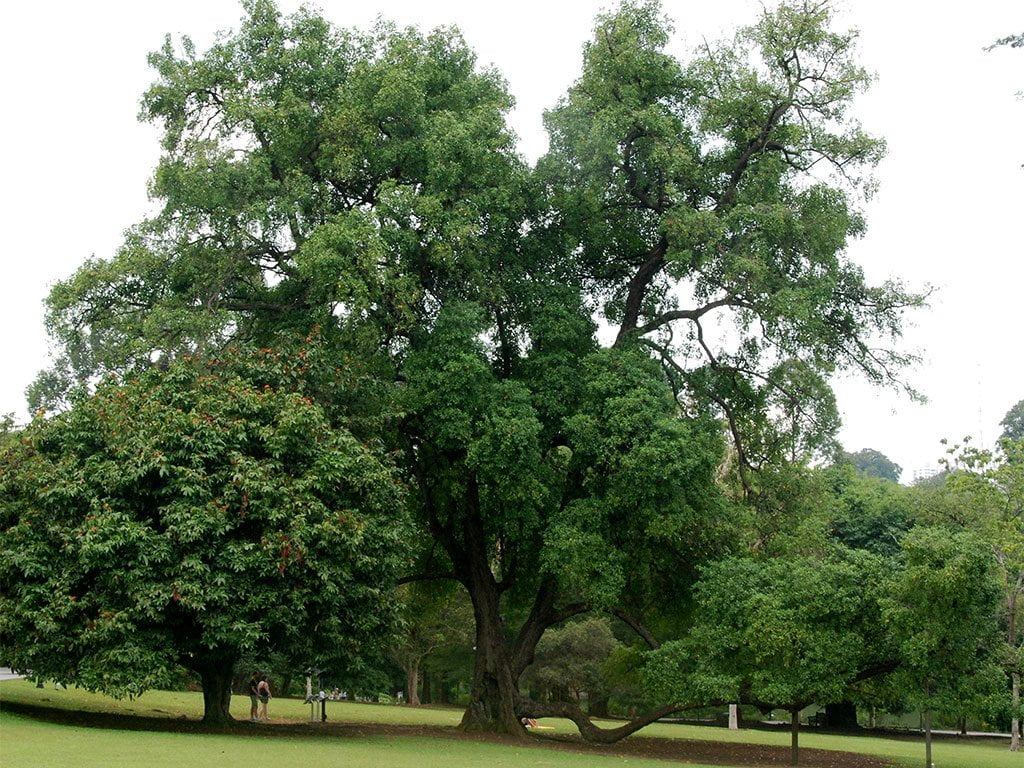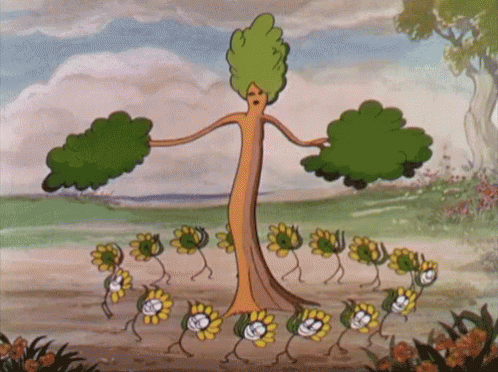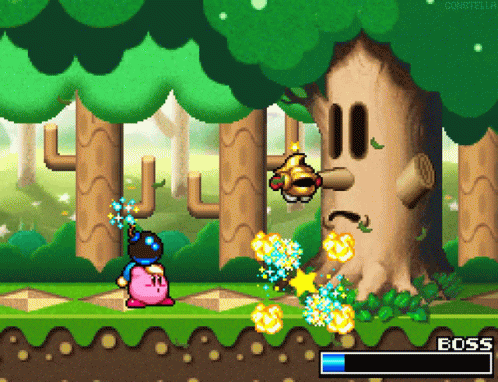Introduction
As a City in a Garden, trees play a significant role in the urban environment of Singapore. Not only do they keep the island cooler during the hot, year long summer, they also provide much needed reprieve and eco-therapy to the increasingly stressed out Singaporeans as they navigate a similarly increasingly, unpredictable world.
Singapore contains many tree species, 1,689 different species to be specific. As of April 2023, the number of trees planted to date is 540,469 across the island and her offshore islands. A target of 1 million trees planted had been set to transform Singapore into a City in Nature by 2030, which would be very nice indeed.
As such, I thought it would be quite interesting to see how many trees were planted in each of Singapore's subzone. Maybe in subzones which have less trees, more trees should be planted to match those which have plentifully more. Regardless, it would be fun to see which subzone had the most trees at least.



